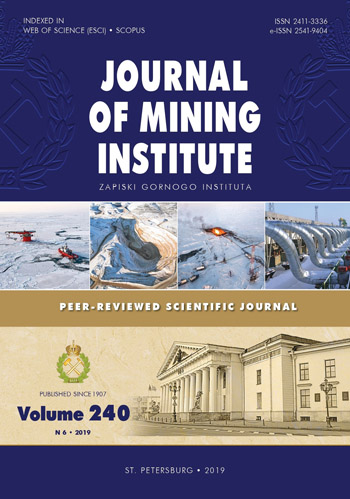New technical solutions for ventilation in deep quarries
- 1 — Siberian Federal University
- 2 — Siberian Federal University
- 3 — Krasnoyarsk Motor Transport College
Abstract
The paper discusses the issues of ventilating in deep quarries caused by the intensification of blasting operations at great depths, the increased distance of ore truck transportation to the daylight area, constant change in the geometrical parameters of the quarry, its microrelief and direction of mining, and increased isolation of the mined space from the environment. We provide a brief analysis of the current tools for forced airflow in deep quarries, which showed that the use of forced ventilation is often challenging since it leads to high energy consumption, high level of noise exceeding the permissible parameters, and high speeds of forced air flows may blow the dust off the quarry surfaces. The article presents methods and tools developed at the Siberian Federal University for intensifying the natural airflow in deep quarries by changing the air density at the entrance and exit points of the pit, as well as heating the shady areas using mirrors and solar energy, which do not interfere with mining and blasting operations.
